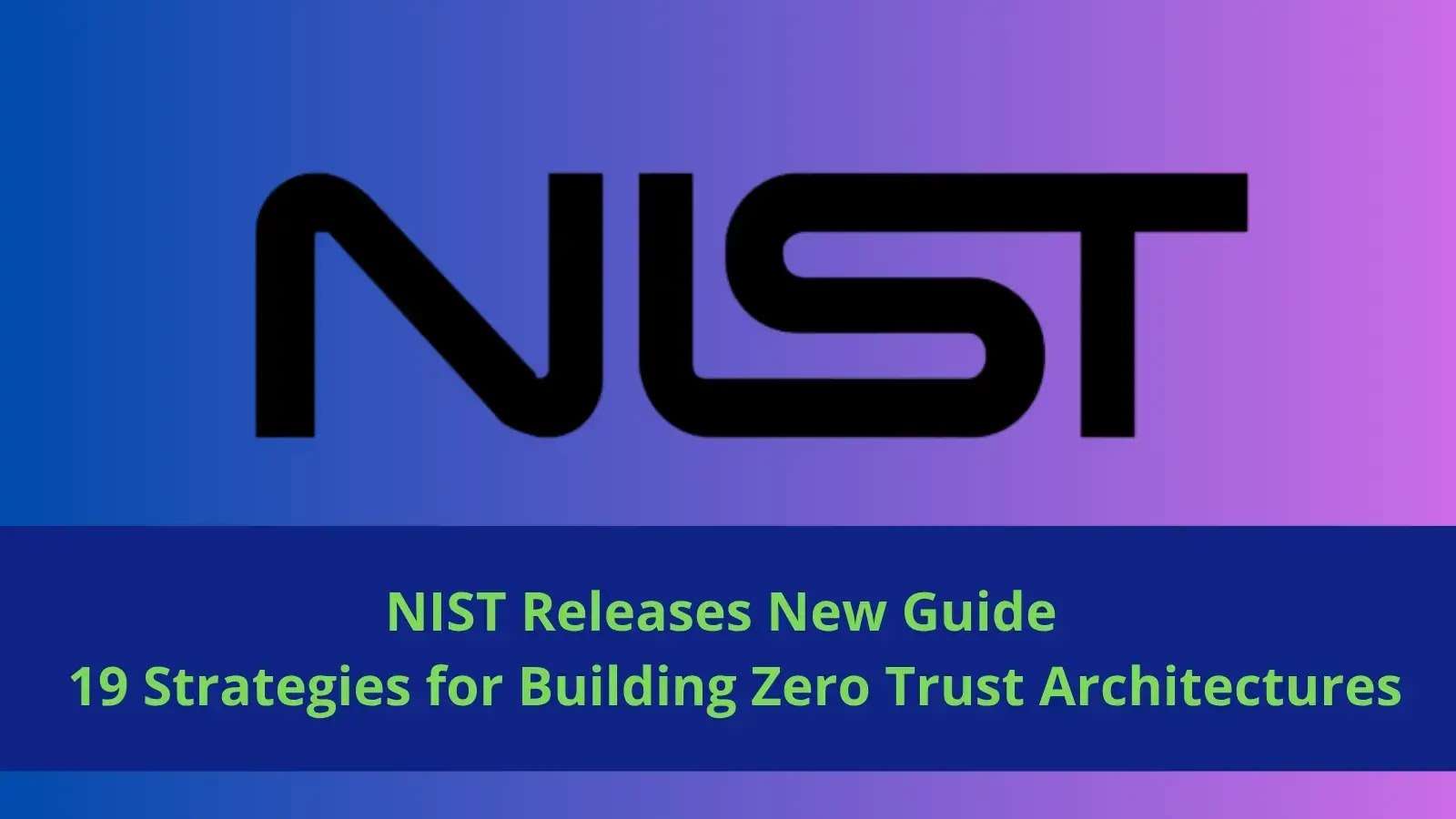Why Zero Trust Isn’t Just Another Buzzword
Remember when companies relied on a single firewall and called it “security”? Those days are over. With remote work, cloud apps, and AI-driven cyberattacks exploding, the old “castle-and-moat” approach is as effective as a screen door on a submarine.
That’s why the National Institute of Standards and Technology (NIST) just dropped a bombshell: Implementing a Zero Trust Architecture (NIST SP 1800-35), a 4-year collaboration with 24 tech giants like Microsoft, Google, and Cisco. Unlike their 2020 theoretical guide, this one gives 19 real-world Zero Trust blueprints tested, documented, and ready to deploy.
If you’re a CISO, IT admin, or just a security nerd, this is your playbook. Let’s break it down.
What’s Inside NIST’s Zero Trust Guide?
1. Zero Trust 101: No More “Trusted” Networks
Zero Trust (ZT) flips traditional security on its head:
Assume breach: Every access request is suspicious until proven otherwise.
Least privilege: Users and devices only get the minimum access they need.
Continuous verification: No more “login once and roam free.”
NIST’s guide doesn’t just preach it shows how to do it with:
19 pre-tested ZTA builds (no vendor bias just real tech stacks)
Step-by-step configs for hybrid, cloud, and on-prem setups
Mappings to NIST CSF and SP 800-53 (for compliance nerds)
2. The 3 Zero Trust “Flavors” in the Guide
NIST groups the 19 implementations into three approaches:
A. Enhanced Identity Governance (EIG) – “Who Are You, Really?”
Uses identity providers (Okta, Azure AD, Ping Identity) as the policy engine.
Best for: Companies drowning in BYOD and remote logins.
Example: E3B1 (Azure AD + Conditional Access) forces re-auth if a user suddenly logs in from a coffee shop in Belarus.
B. Software-Defined Perimeter (SDP) “Invisible Force Fields”
Makes networks invisible until users prove they belong.
Key tech: Zscaler ZPA, Appgate SDP, VMware NSX.
Example: E1B3 (Zscaler) hides internal apps from the internet no VPN needed.
C. Secure Access Service Edge (SASE) “Cloud-First Security”
Merges networking + security into one cloud service.
Players: Palo Alto Prisma, Microsoft SSE, Lookout.
Example: E2B6 (Google’s Access Context Manager) auto-blocks risky logins.
Key Takeaways for Businesses
1. Hybrid Work Just Got Safer
One build (E3B2) uses Microsoft Intune + Forescout to check devices before they connect. If your employee’s laptop is missing patches? Blocked.
2. Cloud & Multi-Cloud? Covered.
AWS, Azure, and GCP users get love:
E4B5 (AWS Verified Access) microsegments cloud workloads.
E3B5 (Microsoft Entra) secures SaaS apps like Office 365.
3. No More “Lateral Movement” Attacks
Traditional networks let hackers jump from a receptionist’s PC to the CEO’s. Microsegmentation (E2B3, Cisco ISE) locks down every device.
But Is Zero Trust Really for Everyone?
The Good:
Stops 90% of breaches (per Forrester) by killing trust assumptions.
Fits any budget some builds use open-source tools.
The Hard Truth:
Not a magic bullet. You still need patching, training, and backups.
Complex to deploy. NIST’s guide helps, but you’ll need IT muscle.
What’s Next?
NIST’s guide is free, but the real work starts now:
Audit your network. Where’s your weakest link?
Pick a build. Start small (EIG for identity, then SDP).
Train your team. Zero Trust fails if users bypass it.
The Future Is “Never Trust, Always Verify”
Cyberattacks aren’t slowing down. If you’re still using a firewall from 2015 as your only defense, you’re playing Russian roulette. NIST’s guide is the closest thing to a Zero Trust cheat code we have, so grab it, test a build, and start shutting hackers out.
Discover more from CyberAwareHub
Subscribe to get the latest posts sent to your email.

